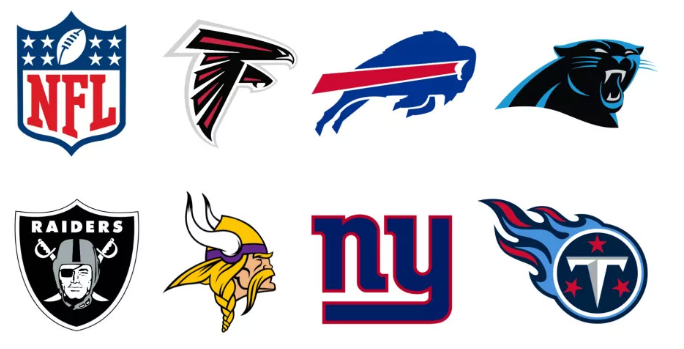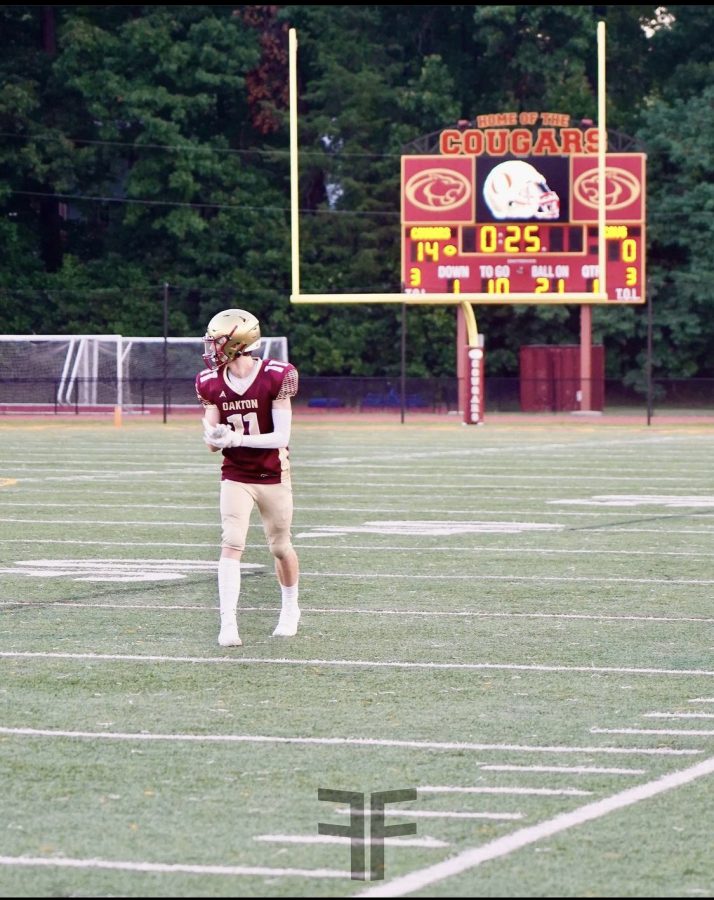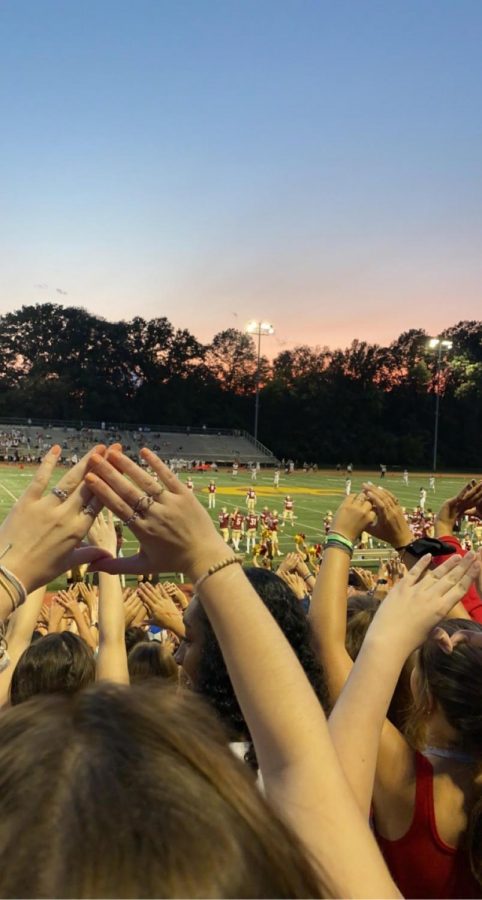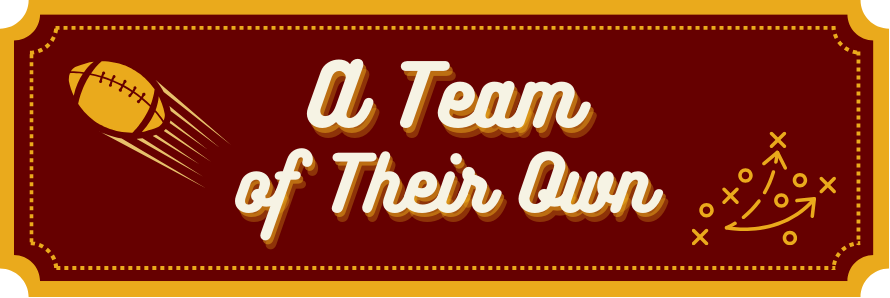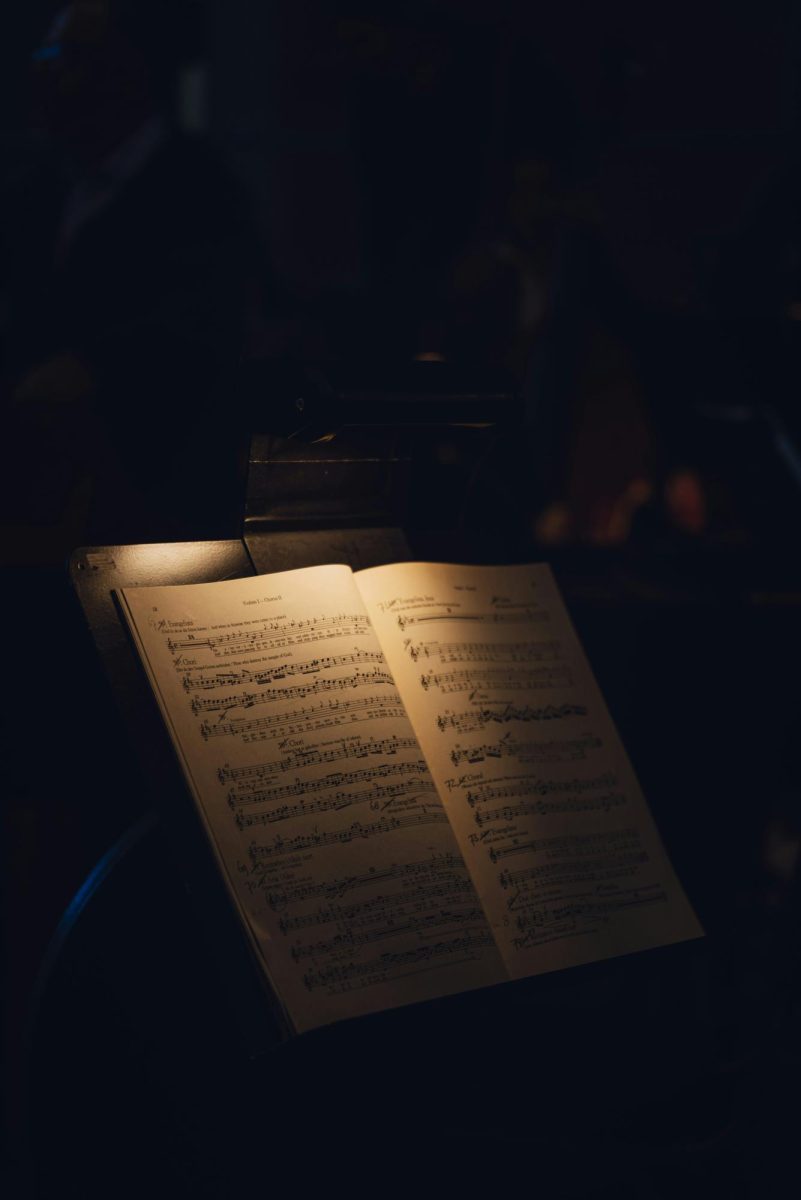With the formation of future superconferences, many teams are getting the short end of the stick. The big question that still remains is: how does this affect the playoffs? College football playoffs are expanding this next season with up to 12 teams. This puts more pressure on the committee to get the best schools in the playoffs, along with adding the non-power five teams that manage to be undefeated. For example, schools like Air Force and Fresno State would have an immediate bid into the playoffs.
Looking at the format of the future PAC-2, formerly known as the PAC-12, there are many worries about Oregon State and Washington State. Oregon and Washington State are both trying to stay as close as possible to a “power conference” type of level. The PAC is expecting to lose millions of dollars from losing ten of its current twelve teams. There are rumors of some Mountain West teams potentially joining the PAC or Washington State and Oregon State joining the Mountain West.
The drama of television deals has started some problems for schools financially. As an example, Stanford and SMU both left their conference for a bigger conference. This led them to not get any TV revenue for their first seven years. Despite players being paid under NIL, there are many speculations about how the money was distributed because, unfortunately, the NCAA didn’t put any rules into this new process. So, big teams took advantage of this and gave the top players in the country millions of dollars. These superconferences have turned many heads. Many insiders knew this situation would occur, but they stayed quiet, afraid of losing their jobs. With these four superconferences taking over the NCAA, many wonder if they will find a way to pull away from the NCAA and make their own league separately.

The NCAA allowing payments to athletes has caused a Wild West Environment since many different states have their own laws about athletes being paid in their sport. NIL has only looked like a big threat in College football and basketball. The NCAA should’ve limited some schools to either the amount of money they can give to players or each sport, knowing that college baseball and volleyball viewership have both been on the rise.
Johnson V. The NCAA has been an ongoing investigation in college sports. The NCAA is arguing that student-athletes cannot be considered employees because they have never been considered employees before. The NCAA is trying to save themselves from this situation because they don’t want to potentially have to start giving athletes working benefits. With the athletes being paid, it looks like it’s their job, and the NCAA is trying to avoid that. The NCAA is trying its hardest to continue to hold the power over their athletes. Will it ever be stopped?



